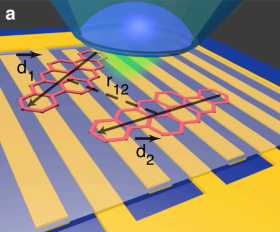News and Events

03/06/2022
Our results on the manipulation of two entangled molecules are published in Nature Communications!
Entanglement consists in entangling the quantum states of several objects to form collective states where the individual reality of each object disappears. The control and manipulation of entangled quantum states is crucial for the development of quantum technologies. A promising approach is to couple quantum light emitters trapped in a transparent solid via their coherent optical dipole-optical dipole interactions. The realization of entangled quantum states is in itself a challenge as it requires finding nano-emitters that are both spatially neighboring at the nanoscale and spectrally quasi-identical. A second challenge is to manipulate the degree of entanglement of such nano-objects rigidly trapped in their crystal matrix.
In our group, we succeeded to find such coupled pairs among millions of other molecules. We show that one of the optical characteristics of these entangled pairs is the appearance of superradiant and subradiant electronic states and we demonstrate the possibility of adjusting this degree of entanglement with the help of an external electric field that can tune or detune the optical resonances of the two emitters. This ability to entangle or de-entangle electronic states on demand opens the way to the realization of fast sub-nanosecond scale quantum logic gates on delocalized quantum systems.
Moreover, the selective preparation of long-lived intricate states is also an essential step for the realization of many quantum information schemes and quantum memories. However, these delocalized states obey specific optical selection rules that require the use of dedicated strategies to excite them efficiently. Indeed, the subradiant state for which the molecular dipoles oscillate in phase opposition cannot be excited with a Gaussian field used in traditional confocal microscopy. We showed that this state can be efficiently populated by using an annular laser field in which the two dipoles experience identical amplitudes but opposite phases.
In addition to a strong impact in fundamental physics, this work provides experimental and theoretical tools that are fundamental to decipher more complex physical or biological mechanisms governed by coherent coupling, as in the antenna complexes involved in photosynthesis for instance.
These results are published in Nat Commun 13, 2962 (2022) 13, 2962 (2022) under the title "Tailoring the degree of entanglement of two coherently coupled quantum emitters"

a, A naphthalene crystal doped with DBATT molecules is placed in a cryostat under a microscope objective and above a comb of electrodes. b, Fluorescence excitation spectra of two coupled molecules. An anti-crossing of the levels occurs for an electric voltage of 150 Volts as the signature of a maximum degree of entanglement: the high-energy resonance (superradiant state) broadens while the low-energy resonance (subradiant state) becomes narrow and weaker in fluorescence intensity. The two-photon transition to the state where both molecules are excited also appears. c, The difference between the radiative lifetimes of the superradiant and subradiant states (blue and red fluorescence declines, respectively) is marked compared to the average lifetime of the isolated molecules (gray histogram).





